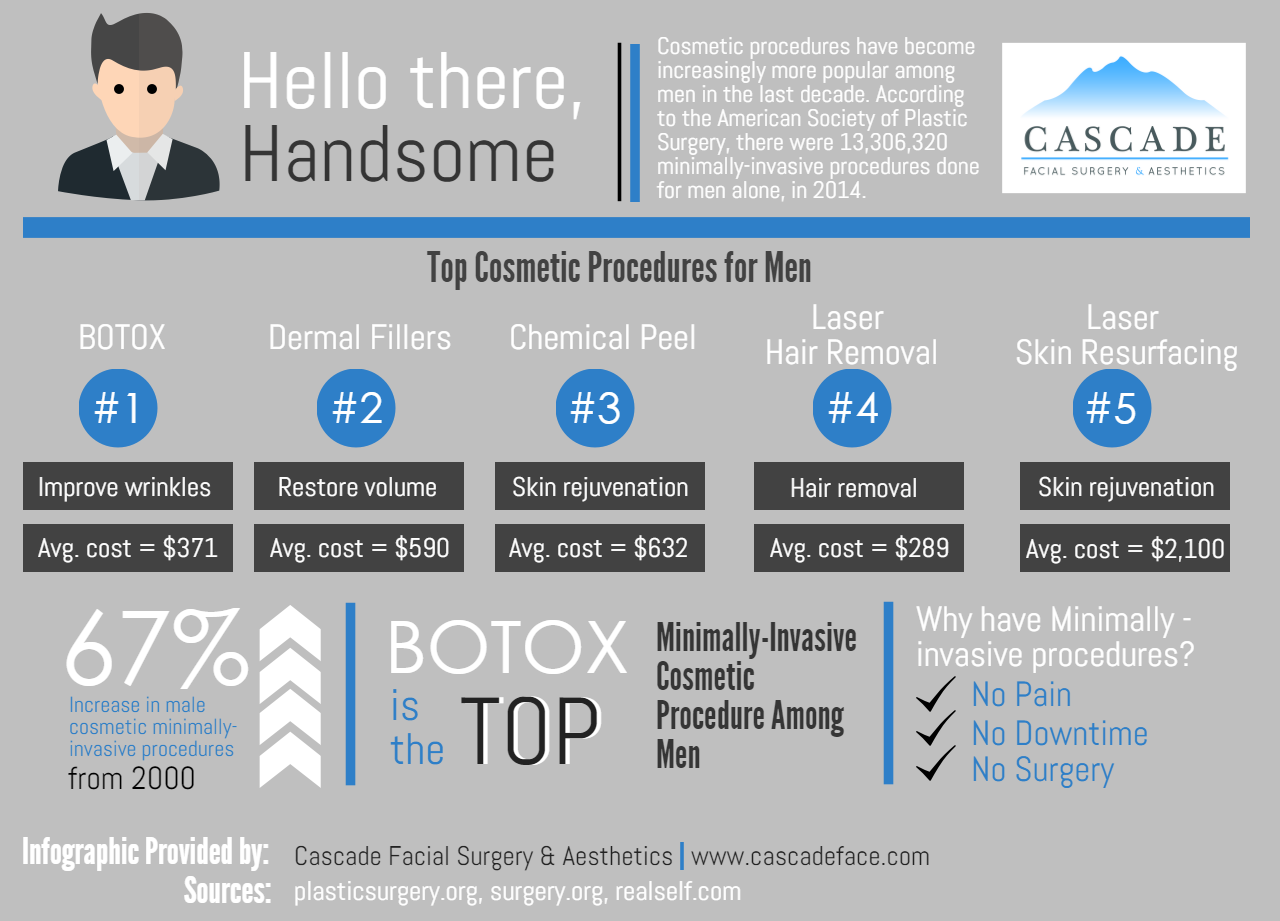Hormone acne is identified by clogged up pores and oily skin that typically shows up on the chin and jawline. It takes place when hormonal changes trigger swelling and microbial overgrowth within hair follicles.
Outbreaks may appear as whiteheads, blackheads, papules or pustules and cysts or blemishes in extra severe situations. It is a lot more usual in teenagers experiencing puberty however can impact grownups of any kind of age.
What Creates Hormone Acne?
While acne can be caused by a range of aspects, consisting of utilizing hair and skin treatment products that aren't oil-free or made with components that could block pores, genetic tendency, diet plan,2 and anxiety, the source is rising and fall hormonal agents. Hormone acne takes place when the body experiences hormone adjustments and variations that bring about an overflow of sebum, which creates swelling, increased growth of germs and changes in skin cell activity.
Hormone acne is usually found on the lower jawline, cheeks and neck yet can show up anywhere on the body. It is identified by blemishes that are cystic, unpleasant and full of pus or other material. It is likewise more probable to take place in females than men, especially during puberty, the menstrual cycle, pregnancy or menopause.
Age
While numerous youngsters experience acne eventually throughout the age of puberty, it can remain to pester adults well into their adult years. Referred to as hormone acne, this type of breakout is connected to fluctuations in hormones and is generally most common in women.
Hormonal acne occurs when oil glands produce way too much sebum, which obstructs pores and catches dead skin cells. This brings about the development of acnes, such as whiteheads, blackheads and papules, pustules, cysts or nodules, deep under the surface.
This type of blemish frequently triggers discomfort, soreness and swelling. It might additionally be intermittent and show up around the exact same time monthly, such as right before your period starts. This is since levels of women hormonal agents like progesterone and oestrogen rise and fall with each menstruation.
Menstruation
Hormonal acne generally appears in the lower part of your face, along the jawline and cheeks, as whiteheads, blackheads or inflammatory acnes (acnes and cysts). It's probably to appear around the moment when your menstrual cycle changes.
Specifically around ovulation, when estrogen and progesterone levels are on the surge, hormonal agent variations can trigger breakouts. Yet it's likewise possible to obtain acne at any kind of factor during your 28-day menstruation.
If you observe that your hormonal acne flare right prior to your period, try noticing when specifically this occurs and see if it relates to the stages of your 28-day menstruation. This will help you determine the source of your skin difficulties. For example, you might intend to service balancing your blood sugar and removing high-sugar foods, or think about a prescription medication like spironolactone that can manage your hormonal agents.
Pregnancy
Growing a child is a time of remarkable hormonal adjustments. For lots of women, this consists of a flare-up of hormonal acne. This type of outbreak normally begins in the initial trimester, around week 6. It's caused by hormonal agent surges that boost sebaceous glands to make even more oil, which can block pores and cause even more bacteria to develop.
Breakouts might also happen as a result of pre-existing conditions like polycystic ovary disorder, which can also be a problem during pregnancy and menopause. Likewise, some types of contraceptive pill (such as Ortho Tri-Cyclen and YAZ) can set off hormone acne in some ladies.
Thankfully, a lot of acne treatments are "no-go" for expecting women (including preferred acne-fighting components such as isotretinoin and spironolactone). Yet if you can't stay clear of those bothersome bumps, your doctor may suggest oral erythromycin or cephalexin, which are secure during pregnancy.
Menopause
As women come close to menopause, the estrogen levels that triggered their hormone acne to flare during the age of puberty begin to support and lower. At the same time, nevertheless, a spike in androgens (additionally known as male hormonal agents) occurs since these hormonal agents can't be converted into estrogen as properly as before.
The extra of androgens can trigger oil production by the sweat glands, which clogs pores. When the stopped up pores come to be inflamed and inflamed, an acne forms.
Hormone acne is typically seen on the face, especially around the chin and jawline, yet it can occur on the neck, back, shoulders, or breast. This sort of acne tends to flare in an intermittent pattern, similar to the menstrual cycle. Anxiety, which more info increases cortisol and throws hormonal agents out of equilibrium, also contributes to the outbreaks.
